
Explainer | What you should know about Hong Kong’s country parks ... and are they under threat in city’s thirst for land?
- From sub-zero conditions on Tai Mo Shan to unique rock formations at the Geopark and a monkey kingdom in Kam Shan, some 40 per cent of city’s land area is set aside for Mother Nature
Hong Kong may be notorious for being one of the world’s most overpopulated cities, but some 40 per cent of its total land area of 1,108 sq km is actually designated as country parks. This figure, combined with natural landscapes, means a surprising 75 per cent of land is protected countryside in a city known more for its jungle of steel, glass and concrete, than actual greenery.
With its unique proximity of the built environment to nature, Hong Kong’s countryside has become a cherished breath of fresh air for the city’s cramped residents. In 2017, some 13 million visitors were recorded across country parks, which are maintained by the Agriculture, Fisheries and Conservation Department.
Building on peripheries of country parks: solution to housing crisis, or paradise lost?
What’s the origin of Hong Kong’s country parks?
In 1976, the government enacted the Country Parks Ordinance for a legal framework to conserve, maintain and provide open natural spaces for public enjoyment.
The Country and Marine Parks Board designated 24 country parks, four marine parks, and 22 special areas in the region, totalling more than 440 sq km of land – all dedicated to conservation, leisure, and education.
Most of these classifications occurred in the 1970s. In recent years, the government has mulled designating Robin’s Nest, or Hung Fa Leng, as the 25th country park.
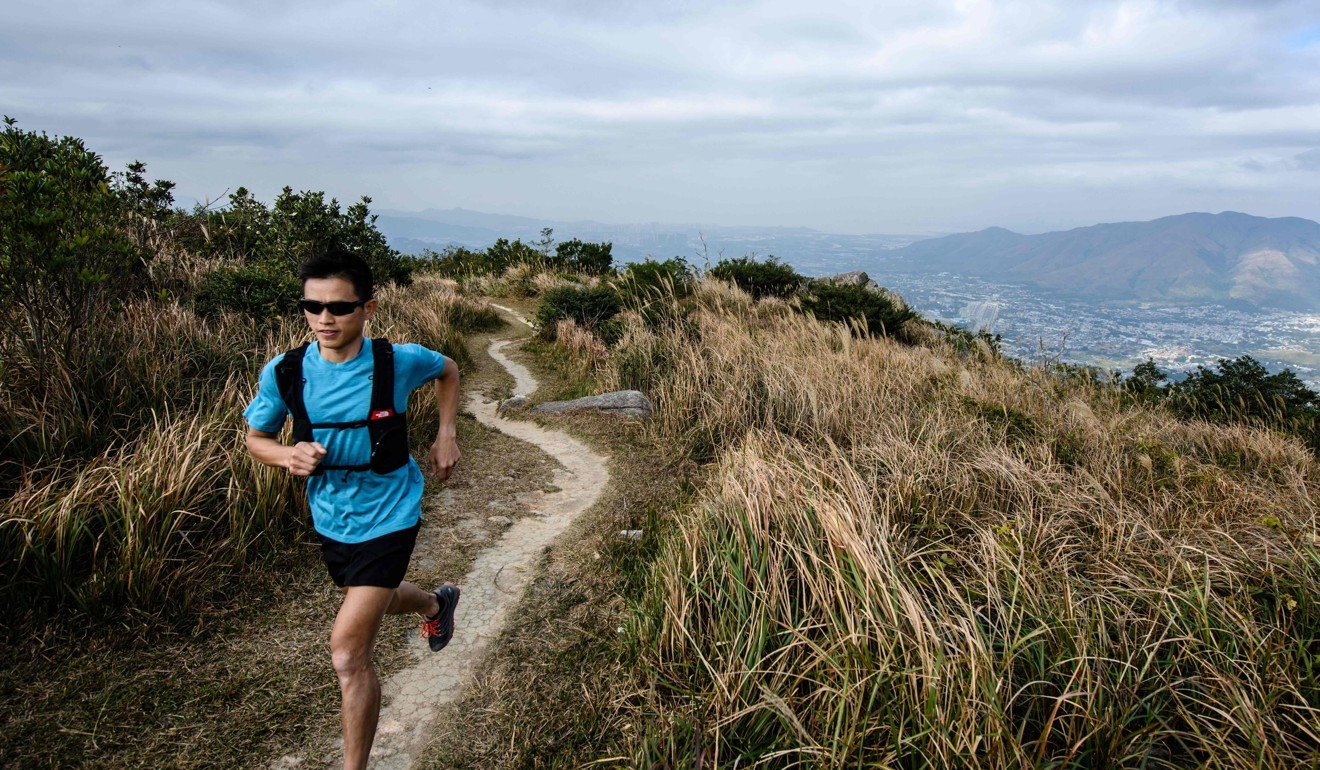
Are the parks under threat?
In 2017, suggestions by officials to develop country park land sparked a heated debate. With the city struggling to find land for its dire housing shortage, Executive Council members Franklin Lam Fan-keung and Kaizer Lau Ping-cheung declared support for the proposal to use Lantau Island’s country parks for development.
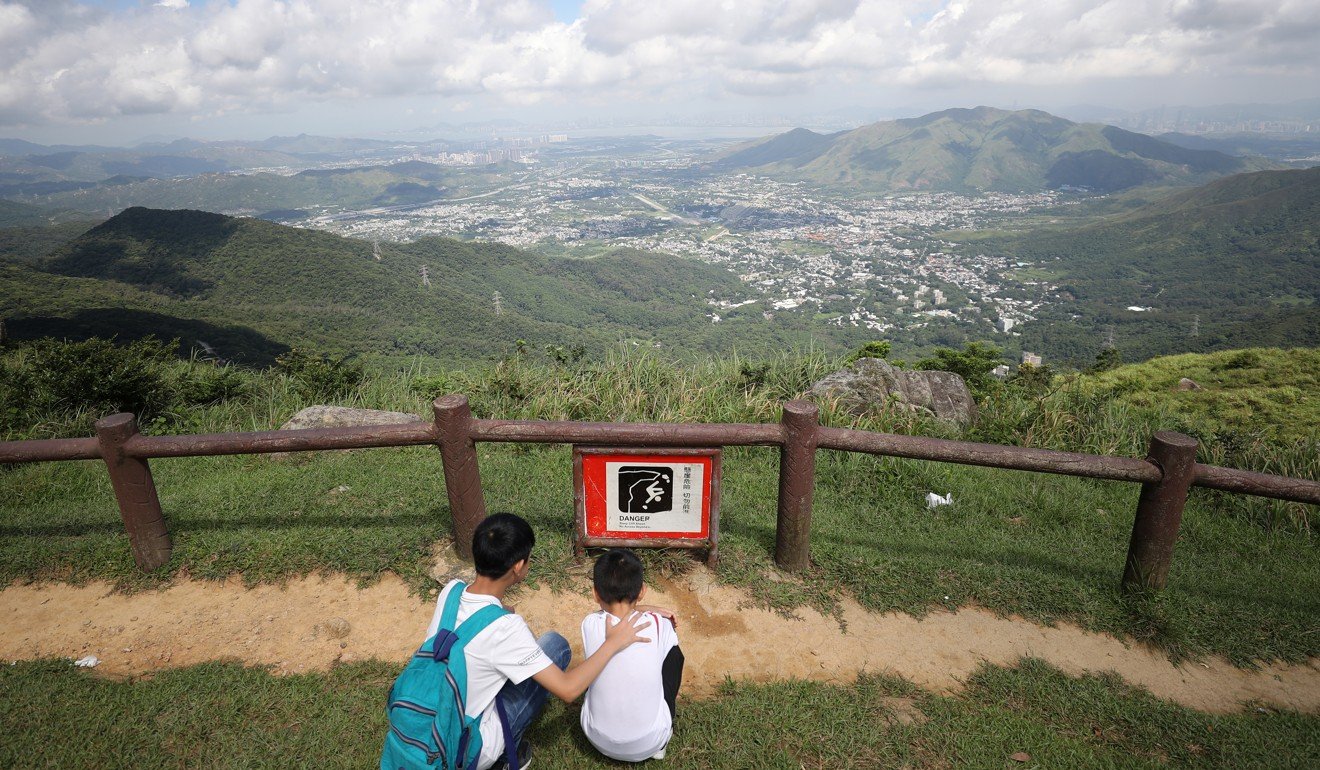
But a government-appointed Task Force on Land Supply last year expressed reservations over such measures, suggesting instead, that authorities look elsewhere – such as reclamation and developing other plots.
Task force urges caution when eyeing country park land for development
The argument for leaving Hong Kong’s greenery untouched centres on the vital ecological and psychological roles country parks hold – woodlands are integral in sustaining the city’s water supply. While most of Hong Kong’s water now comes from the Dongjiang in Guangdong province, a quarter of the city’s supply comes from rain.
Green groups point out that the destruction of country parks would harm flora and fauna that call such spaces home. There is a high level of biodiversity in the countryside, spanning woodlands, reservoirs, mountains and beaches. Each of Hong Kong’s country parks contains more than 1,000 species of plants alone.
Trees, in particular, are important in rainwater retention as they provide cover for reservoirs and reduce landslides by holding soil together. Should country park land be considered for development, native species that would come under threat would be the incense tree that gave Hong Kong its name – “Fragrant Harbour”.
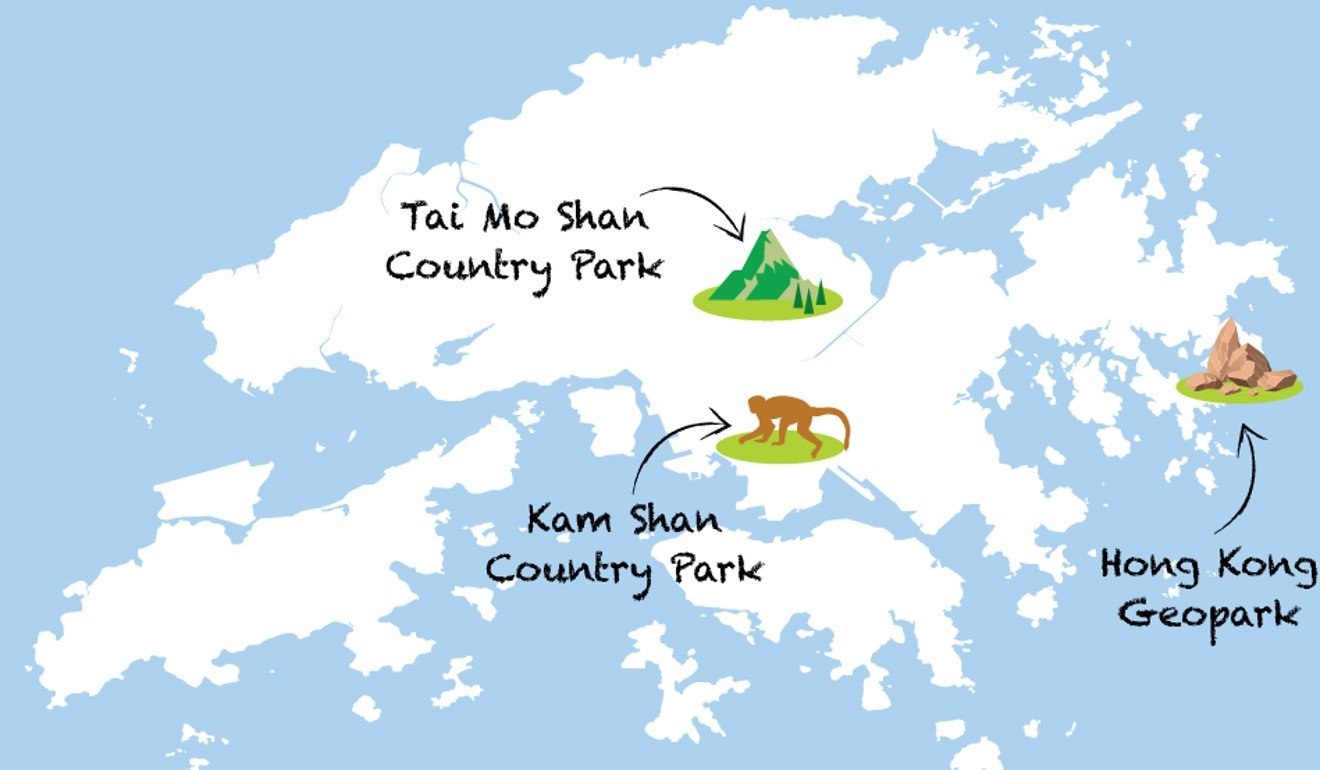
What are some of the more unique country parks?
Hong Kong’s country parks are easily accessible even from the city centre, either by taxi, bus or ferry. Here are three worth repeat visits if one yearns for respite from the maddening crowds:
Frost chasers stranded on Tai Mo Shan: fire department responds to calls for help
Tai Mo Shan Country Park: This Tsuen Wan park features the highest peak in Hong Kong at 957 metres above sea level, earning it a reputation as one of the best places to capture panoramic views of the New Territories. Because of its height, it is also one of the few places in Hong Kong to experience sub-zero conditions in winter. Early morning mist and frost combine to create an ethereal spectacle, making it a popular destination for photographers.
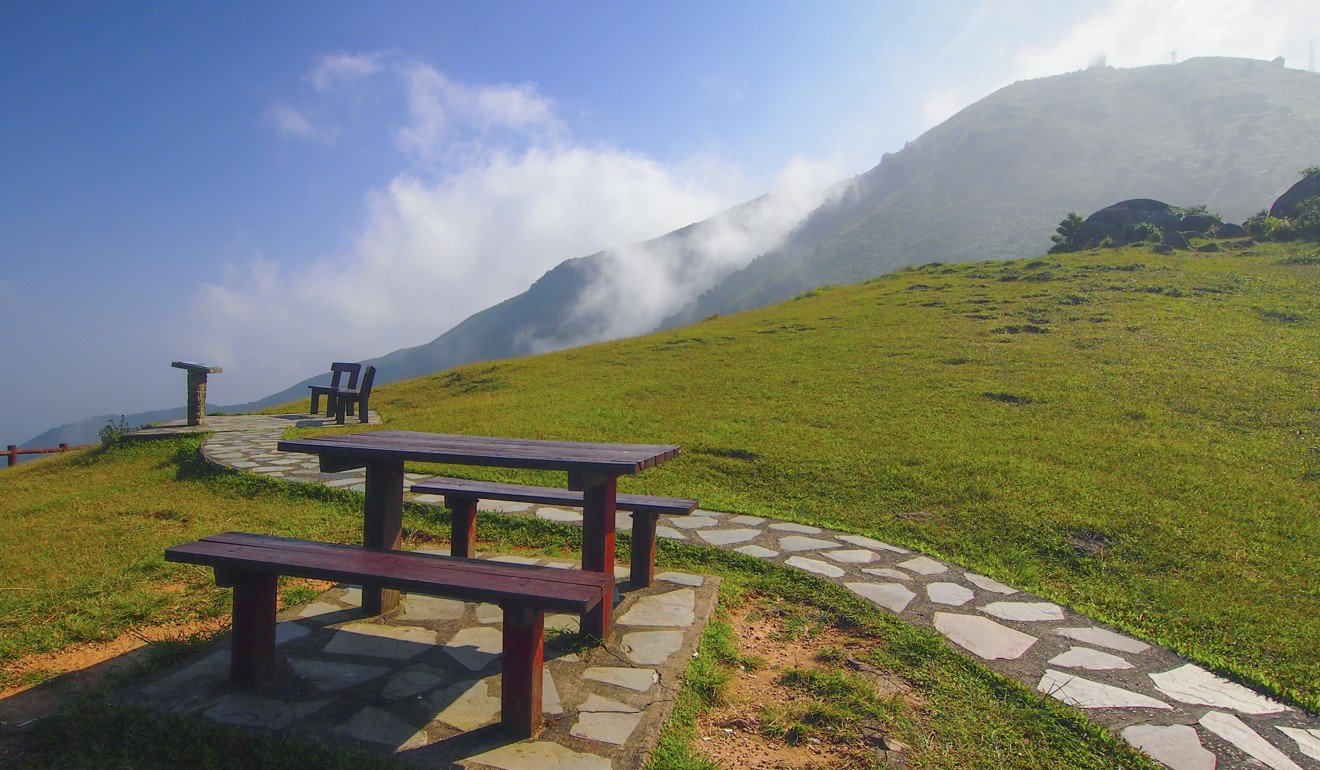
Last July, rescue crews were deployed after receiving about 20 calls from stranded frost chasers who had clambered up the park’s slopes.
How to get there: From Tsuen Wan MTR station, Exit A, take bus 51 on Tai Ho Road to the Country Park stop. The entrance of the park is on Tai Mo Shan Road.
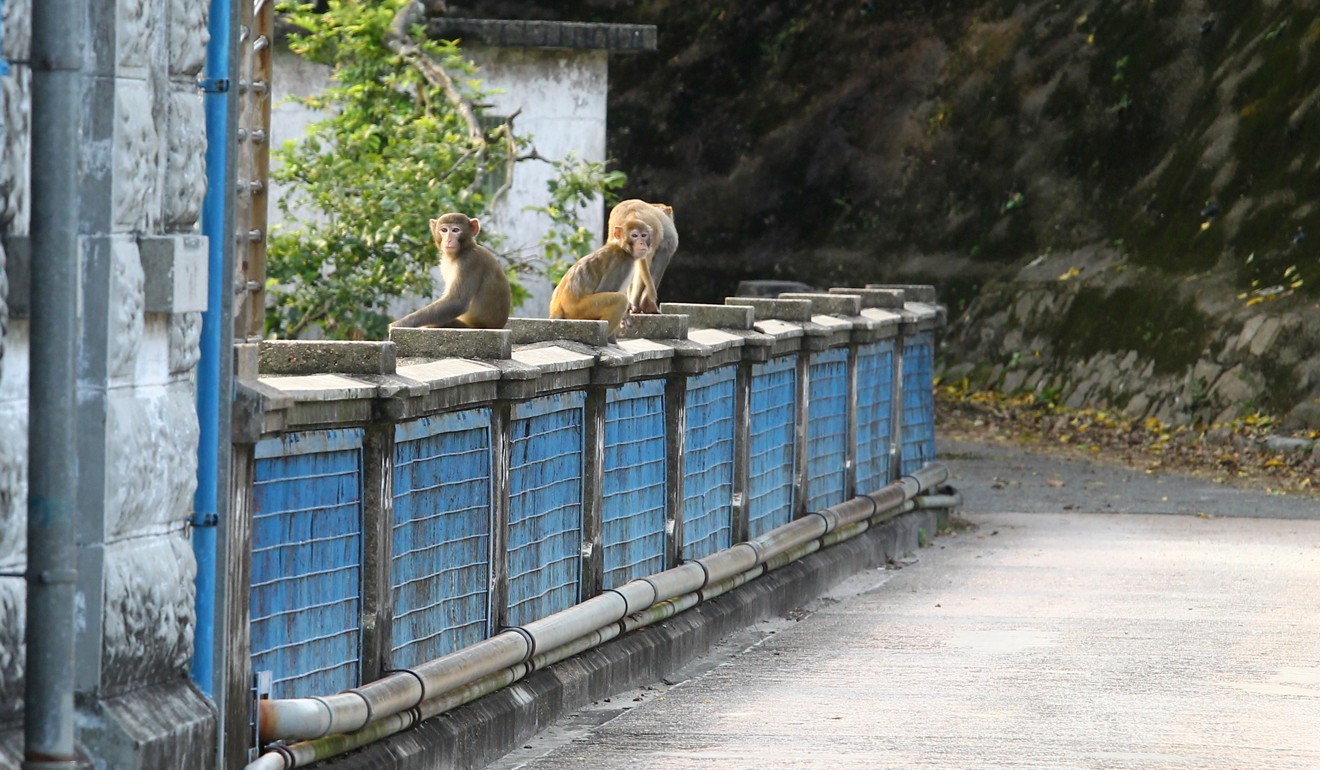
Kam Shan Country Park: Home to approximately 1,800 monkeys, this park, lovingly called “Monkey Hill”, was one of the city’s first designated special areas. Boasting phenomenal views of Shing Mun Valley, it also has war relics such as trenches, tunnels and pillboxes along its trail.
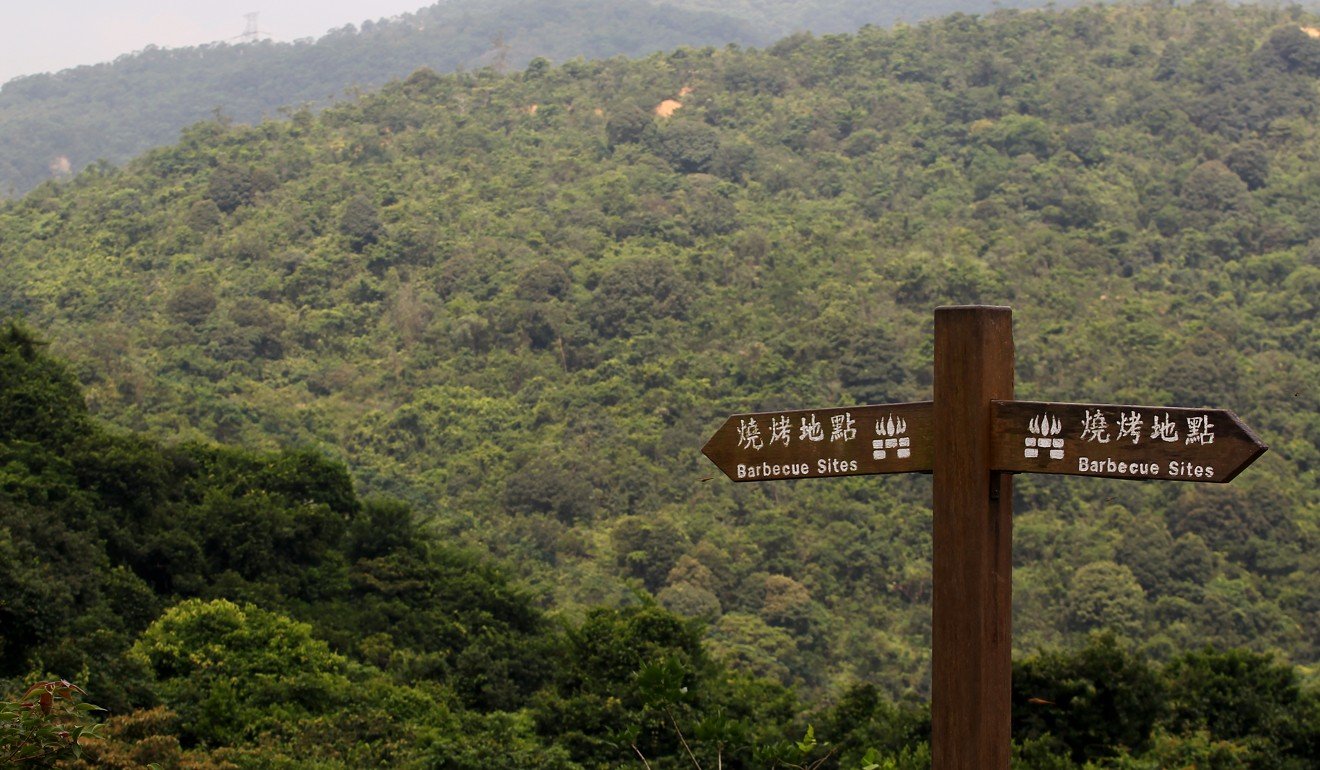
How to get there: The nearest MTR station is Sham Shui Po. From there, take bus 81 to Tai Po Road and get off at Kowloon Reservoir, then walk along Kam Shan Road for about 20 minutes until the starting point of a Family Walk section of the park.
Why a fight is raging over a proposal to build homes in Hong Kong’s country parks
Hong Kong Geopark: Recognised as a Unesco site, the Geopark does not fall under designated country park zones. Instead, it is a large protected swathe of land and sea that extends from the shores of Hong Kong Island to the islands in the coast of far northeastern Hong Kong.
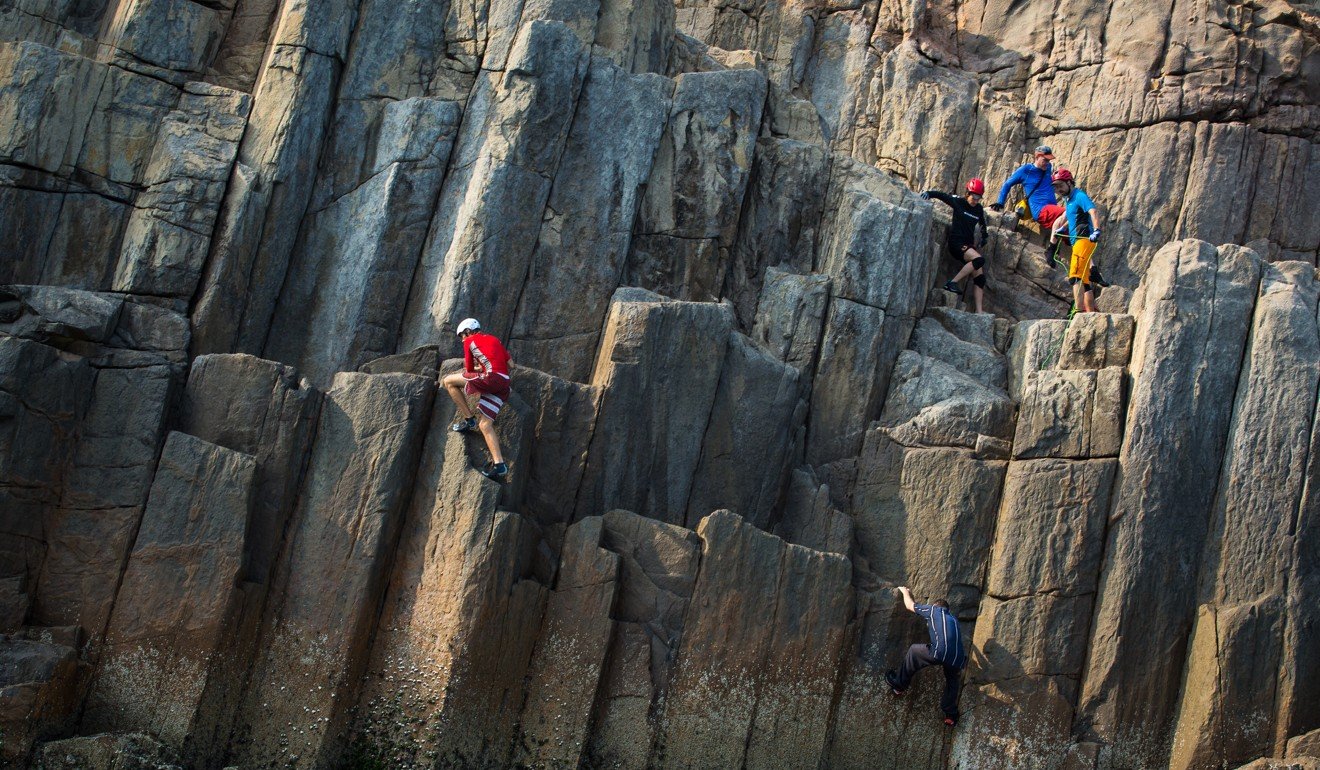
The park’s 12 geological sites include unusual rock formations, secluded islands and trails, beaches and caves. Some sites are along the coasts of Sai Kung East Country Park and Plover Cove Country Park, but most require a boat to access.
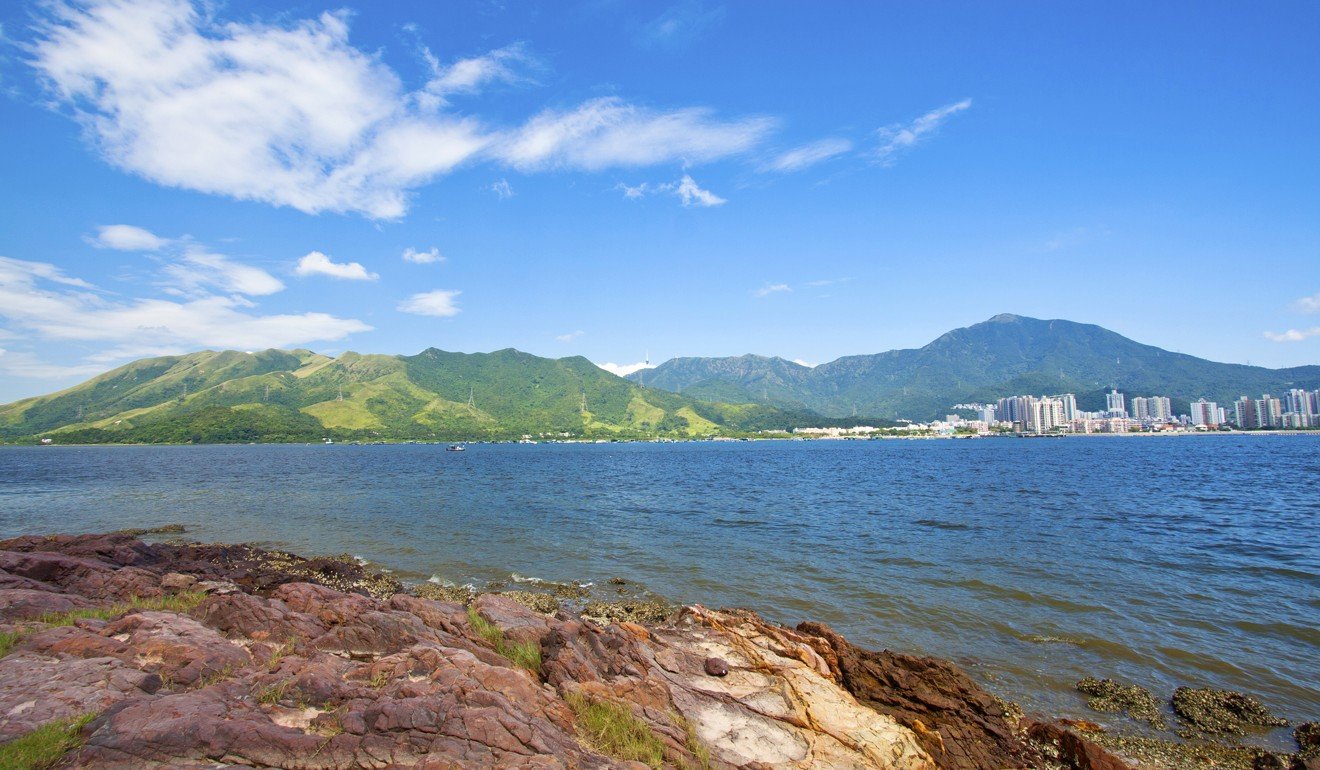
How to get there: Take bus 92 from Diamond Hill MTR station to Sai Kung Bus Terminus and then walk to the centre.

